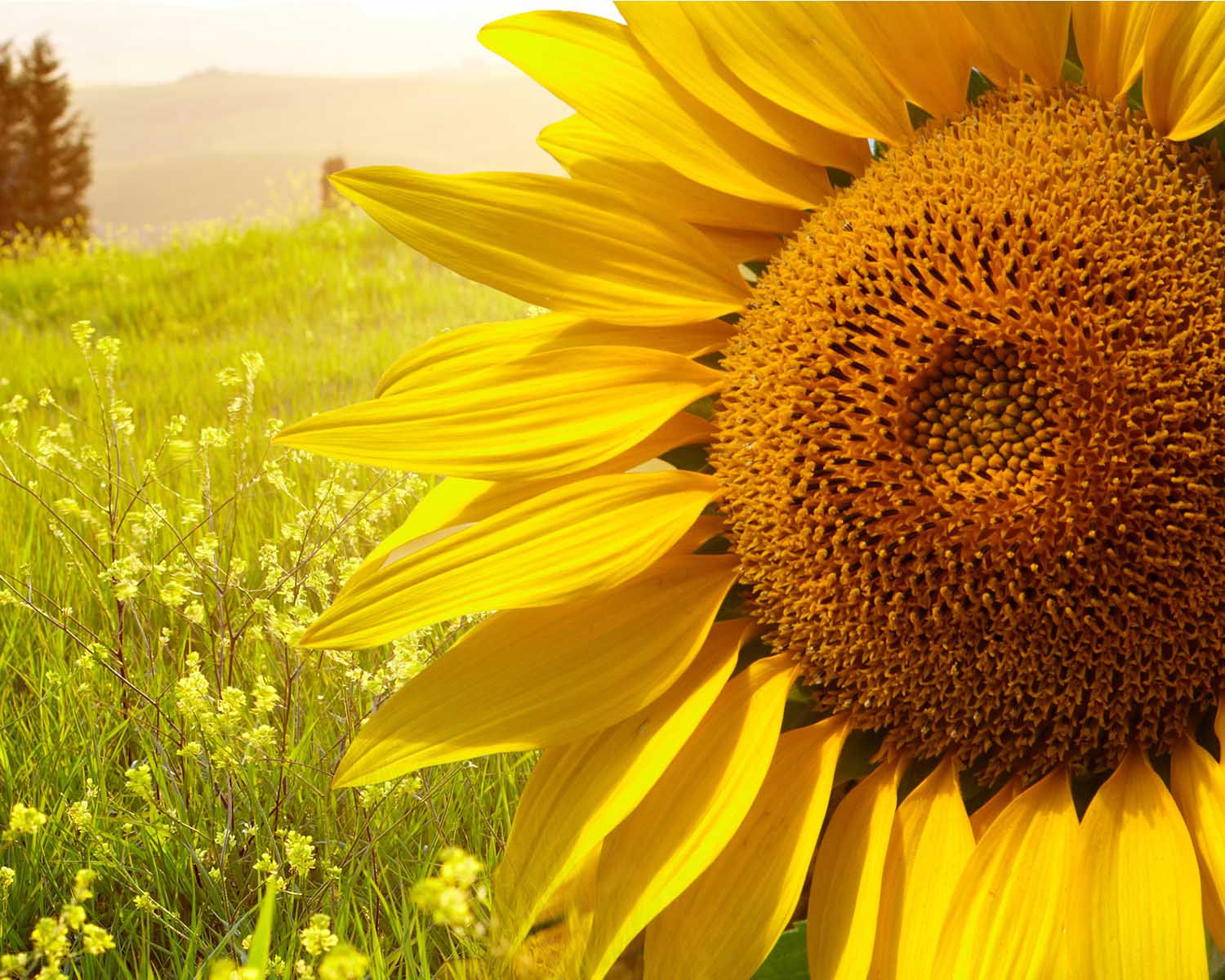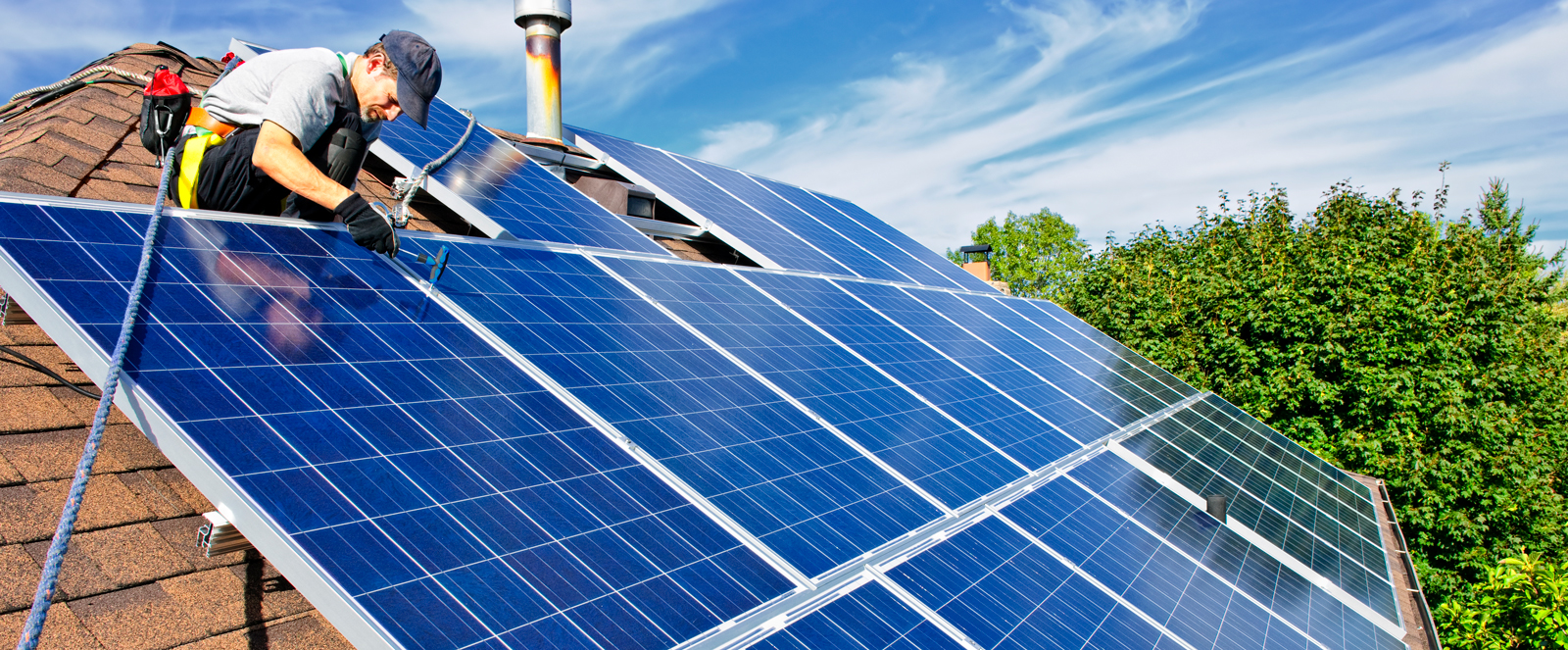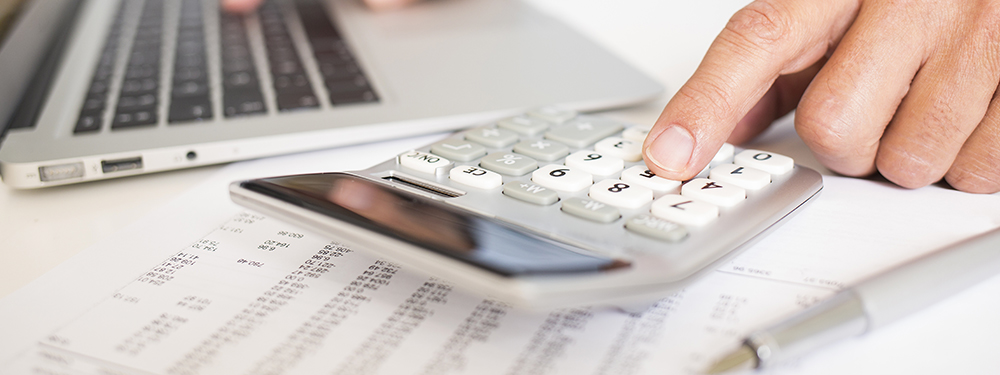With a global population of nearly 8 billion and counting . . .
And a rapidly changing climate, energy, food, and water security issues are facing all of us.
As a farmer or rancher, you know firsthand how vulnerable the planet is in all three areas.
You confront the uncertainties of changing weather patterns that put your livelihood at risk every year, not to mention:
- Market fluctuations
- Crop pests
- Soil degradation
- Rising energy costs
You may have considered additional sources of income but aren’t sure about taking land out of production for something like a solar farm.
The good news is you don’t have to.
Enter agrivoltaics – an approach that places you at the center of the food-energy-water nexus in a good way.
Defining Agrivoltaics
On a typical farm or ranch, your land serves one purpose: growing or raising food.
You love what you do, and you’re connected to the land.
But the industry’s uncertainties lead many of you to look for ways to supplement your income.
You don’t want to give up your land.
However, you want to have some assurance that you can keep going.
Solar Farms
Solar farms are increasing in popularity with farmers and ranchers because they offer a stable second income.
With the traditional solar farm model, the landowner takes some land out of production and leases it to a solar power company.
Typically, the company clears the ground, puts in solar arrays, and fills in the area with gravel or sometimes grass.
Agrivoltaics
This method takes a different approach.
Farming and solar co-locate on the same land rather than devoting parcels of land to a single purpose.
You lease the land to a solar company, and you still work the ground for your purposes, though with adaptations.
Traditional crops and animals don’t necessarily work as well with this arrangement.
As for the solar panels, they look different, too.
Instead of sitting on racks close to the ground, they are seated on taller frames (usually 7 – 10 feet high) to accommodate plants or animals and some machinery.
The system allows different plant parts to receive direct sunlight throughout the day.
Building Resilience
It turns out that partnering plants and solar panels in agrivoltaics makes them both more effective than using either one on its own (for specific crops and animals).
The solar farm becomes a heat island when solar panels are located above a gravel bed or on concrete.
The temperature rise reduces solar panel performance.
Putting plants on the solar field doesn’t just reduce heat buildup.
It cools the area under the panels, improving the efficiency of the solar panels and increasing their reliability.
The plants do well in this environment, too.
Many crop plants fare better when they have some shade throughout the day.
They take up carbon dioxide at a 65% higher rate, require less water, and produce higher yields.
With agrivoltaics, the crop, energy, and water systems become more resilient to changing climate conditions.
Water Conservation
Climate change is leading to dramatic changes in water availability.
Droughts intensify and last longer, adding another layer of stress for you.
Farming and ranching both require consistent and reliable water.
Unfortunately, when the land dries and the sun continues to shine, the soil, crops, and animals all get thirstier, creating a seemingly endless cycle.
In these conditions, you have no choice but to rely on irrigation, though much of that water gets sucked right back up into the too-dry atmosphere.
With agrivoltaics, you grow your crops under the partial shade of solar panels.
The plants get relief from the heat and don’t need much water.
Irrigation becomes much more effective and efficient.
If you raise animals that do well around solar panels (sheep, poultry, and, if conditions are right, cows), they benefit from the shade as well and won’t require as much drinking water to quench their thirst.
Even in non-drought conditions, water conservation is a good thing.
Energy Security
Climate change and reliance on fossil fuels both contribute to energy insecurity.
The world needs renewable energy sources that are abundant and reliable and that continue to operate when temperatures spike.
Agrivoltaics increases your community’s energy security, providing consistent and reliable carbon-free, renewable energy access.
Food Diversity and Security
Combining solar panels and food production promotes food diversity and improves security.
While corn is not a recommended crop in this system, plants that do well include:
- Lettuces
- Kale and chard
- Brussels sprouts
- Broccoli
- Tomatoes
- Shorter fruit trees
- Some peppers
- Some herbs
In addition, nursery plants do well under the protection of solar panels, as do bedding plants and shrubs.
With a diverse array of crops, you can increase accessible, healthy food choices in your community, opening another market for your farm products.
As a bonus, bees like agrivoltaics, which is good for the bees and your crops.
Mitigating Land-Use Competition
One of the biggest criticisms for developing solar power at a large scale is the land requirements.
Farm and ranchland are often ideal settings, given the wide-open land available.
Leasing land to solar companies is attractive for the financial security it offers.
However, you may have reservations about devoting productive land to a solar farm.
This system removes the competition for land use, making it a win all the way around.
Helping Farmers and Ranchers Who Want to Explore Agrivoltaics
At Unbound Solar®, we feel that solar and farming are great partners.
Your industries have the potential to help humanity solve some of the most pressing problems we face.
Agrivoltaics allows you to help your community with energy independence while lowering carbon dioxide emissions.
Best yet, you can do it without taking your land out of production.
As another great perk, you get a second income stream that is steady and reliable.
We’re passionate about solar.
We’re also committed to finding other ways to help people and the environment,
And we’re here to support you in any way we can.
Feel free to get in touch – we’re happy to help!



